Related
Summary
Wizards of the Coast has released some content from the2024 Player ’s Handbook , largely regarding changes made to the classes ofDungeons and Dragons . While sure classes like the fighter have get some well - received update , and others like the fire warden have put forward wide-eyed choler for their altered ruleset , asnot as much attention has been paid to the spellcasters of the game . The changes made to these class have not been as extensive as those made to the martial characters , but they have caused some disceptation in their own right .
The most substantial of these class changes appertain to the whizz and , more specifically , the sorcerer ’s subclass . InD&D5th Edition , whiz had the great list of subclass options to choose from , allowing them to speciate in unlike kinds of magic . The2024 Player ’s Handbookhas not only cut down on the bit of subclass hard , but ithas also strip the necromancer class of some of its identity .
5th Edition Wizard Subclasses Were Specific And Wide-Ranging
The Ability To Specialize In A Wide Range Of Magic Schools
There are13 full subclass for genius inDnD5e . Eight of the subclasses available stand for to the eight schools of trick : abjuration , conjuration , divination , enchantment , evocation , illusion , necromancy , and transubstantiation . Each of these subclass enhanced the powers associated with their spell and made whizz well at casting magic in their given shoal . There were also other subclass options , like the bladesinger and scribe , that gave wizards refreshful ways to contend and work in the plot .
No wiz officiate the precise same as any other .
The thought of these subclasses was to let wizards become savant when it come to sure sort of legerdemain . No champion execute the precise same as any other , and the all-embracing range of while they could take made them one of the more variable classes in5th Edition . Part of the wizard ’s identity centered around both their ability to specializeand the wide range of matter they could specialise in .

Subclass
verbal description
School of Abjuration
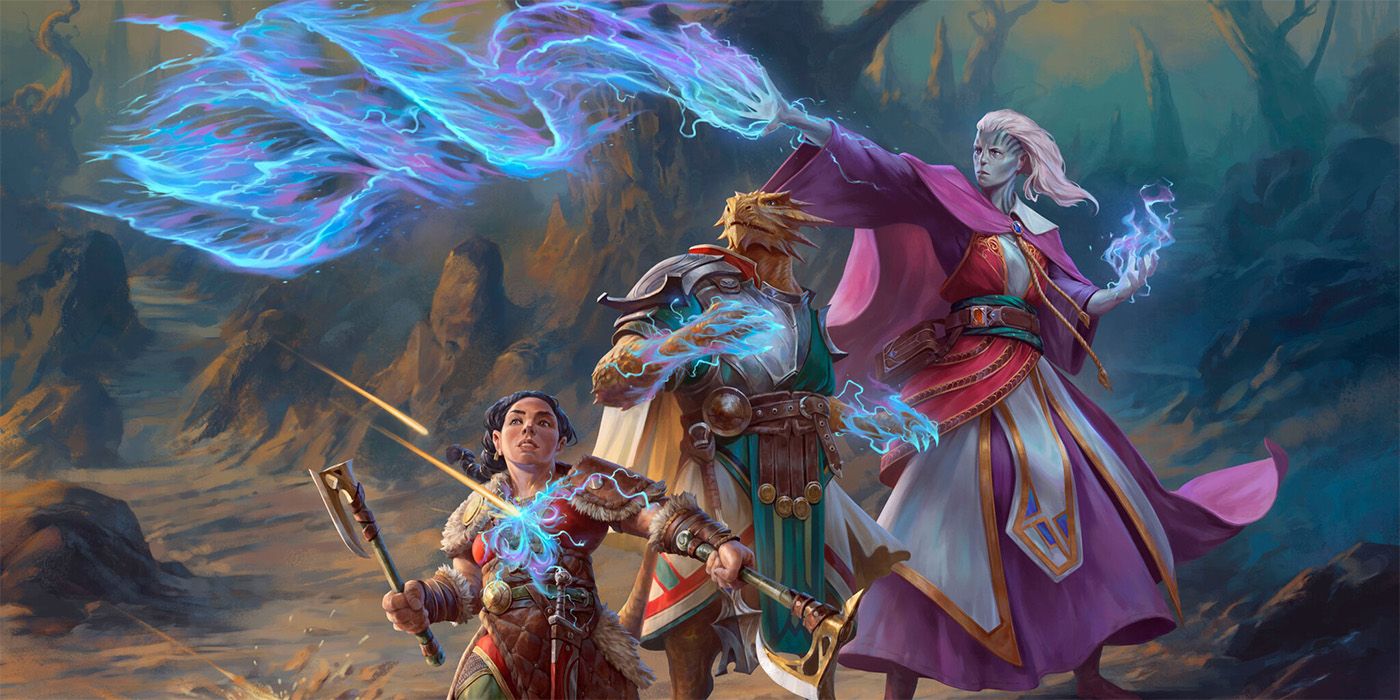
Focuses on protective trick , creating barrier and wards to protect oneself and allies .
School of Conjuration
specialize in summoning creatures and target , and teleportation spells
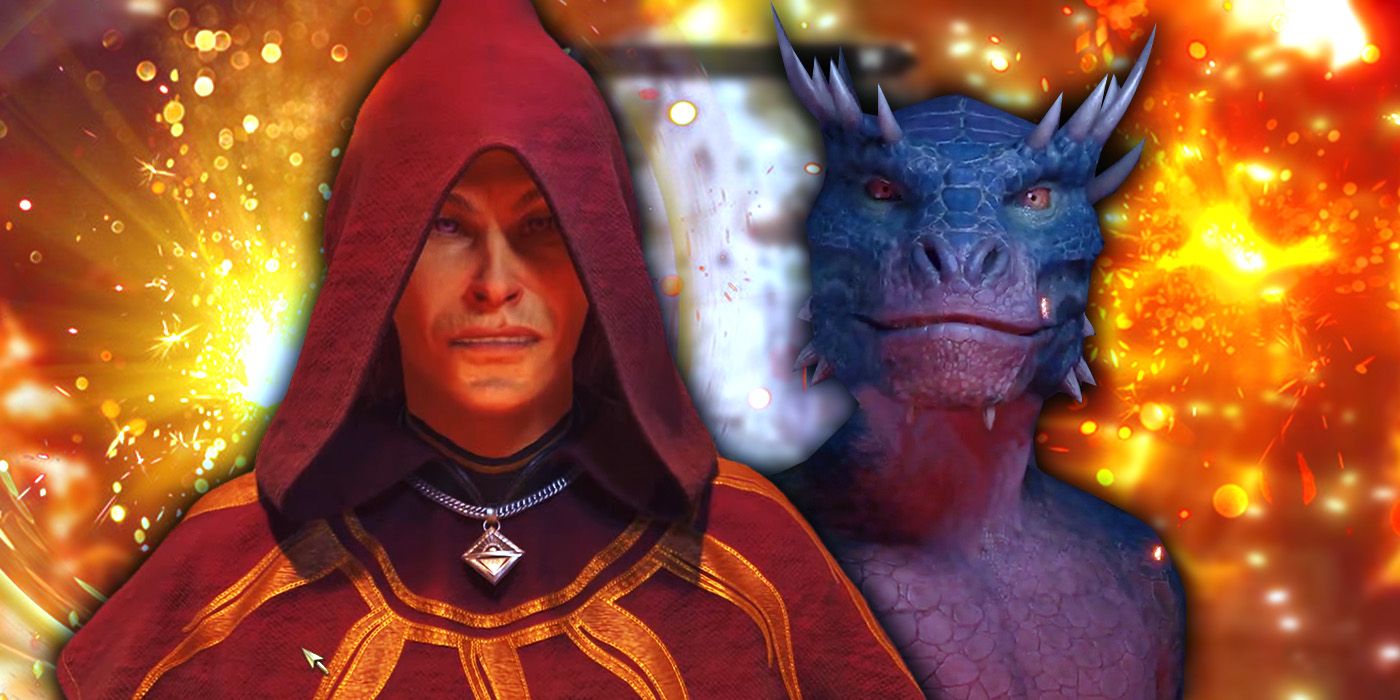
School of prophecy
Focuses on revealing information , using magic to see the past , present , and future .
School of Enchantment
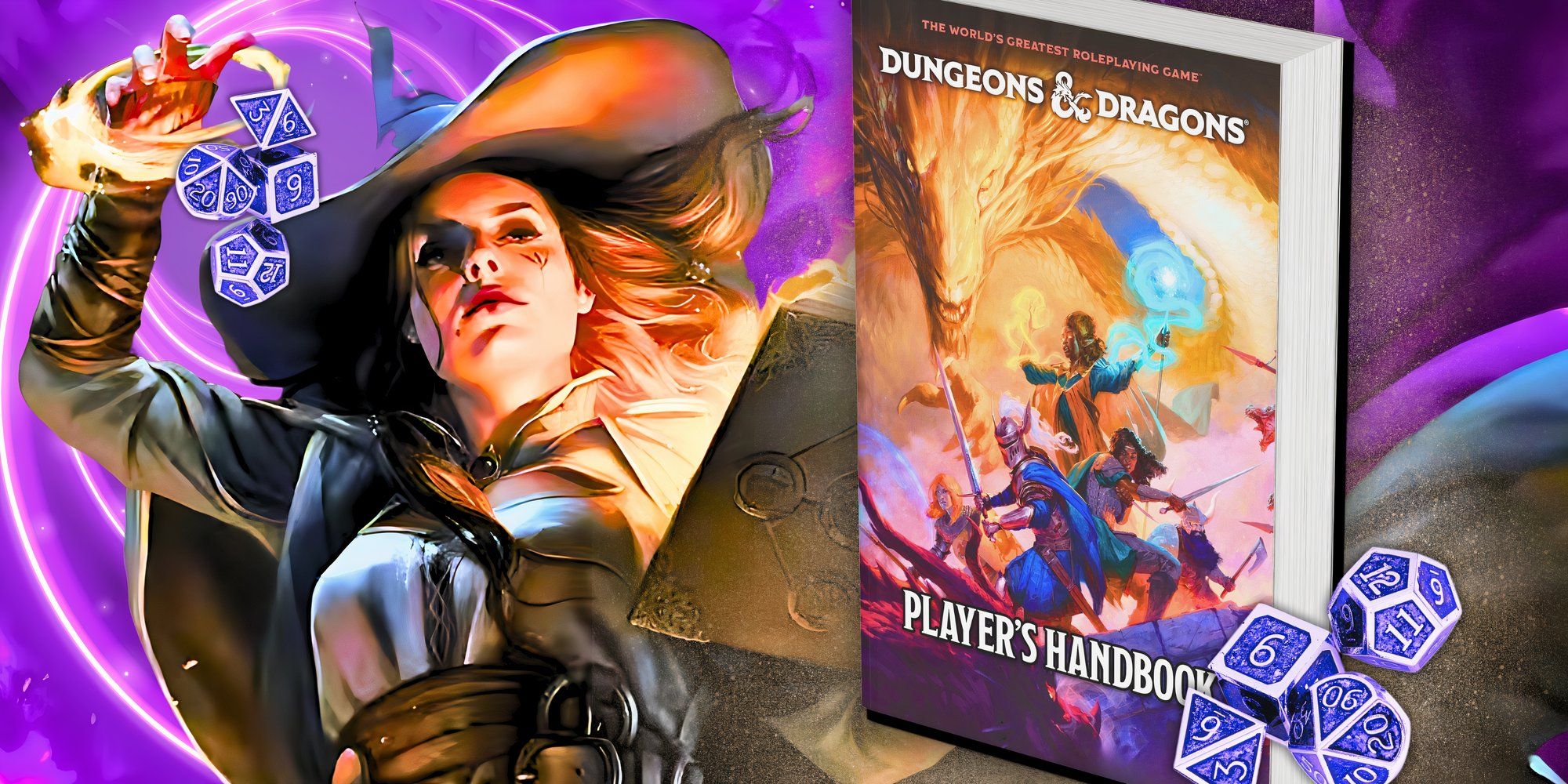
Custom Image by Diana Acuña.
specialize in shape and controlling the nous of others through magic .
School of Evocation
concentrate on harnessing charming zip to bring about potent offensive while .
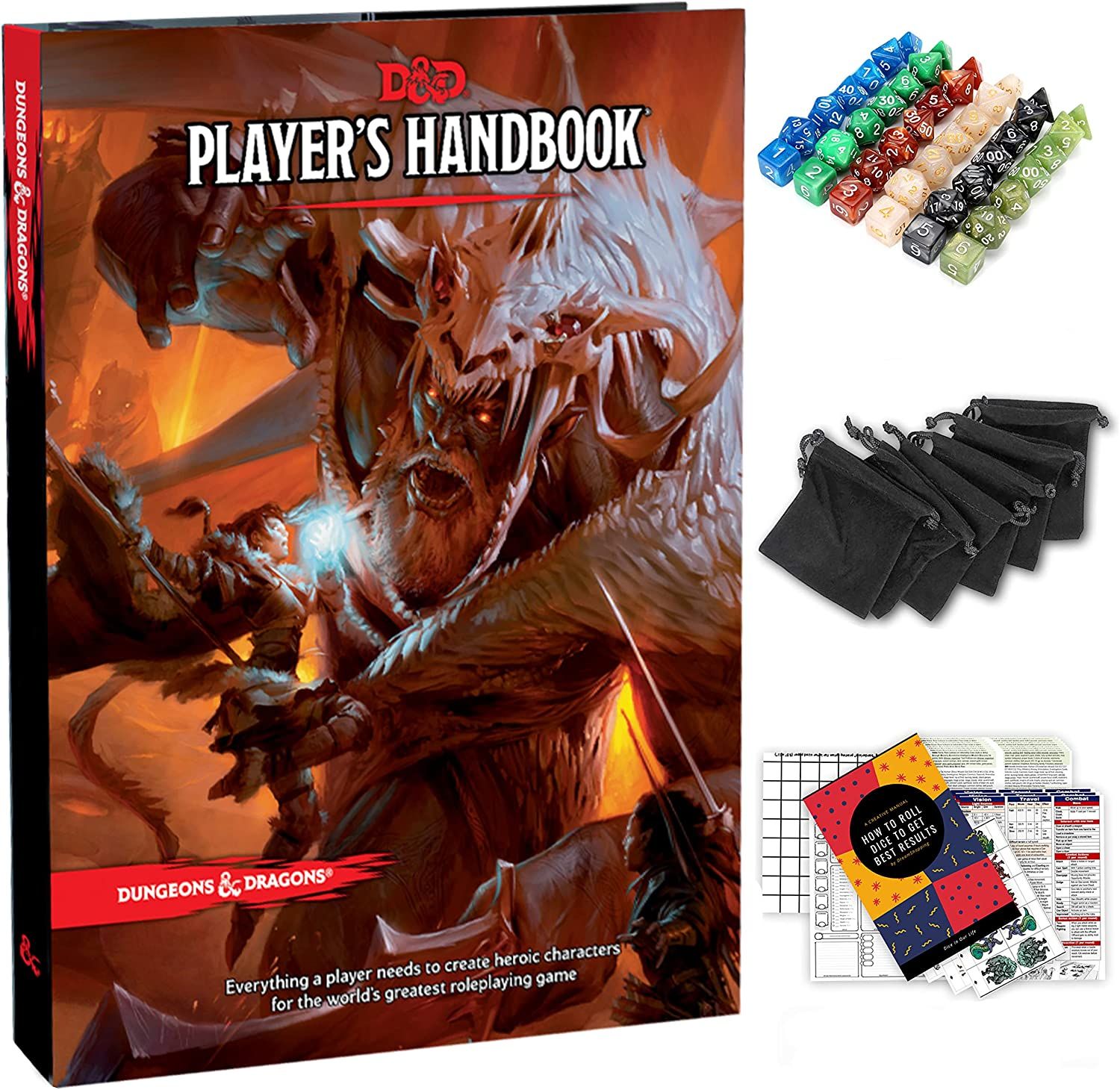
School of Illusion
Specializes in creating illusions to deceive and mislead opposition .
School of Necromancy
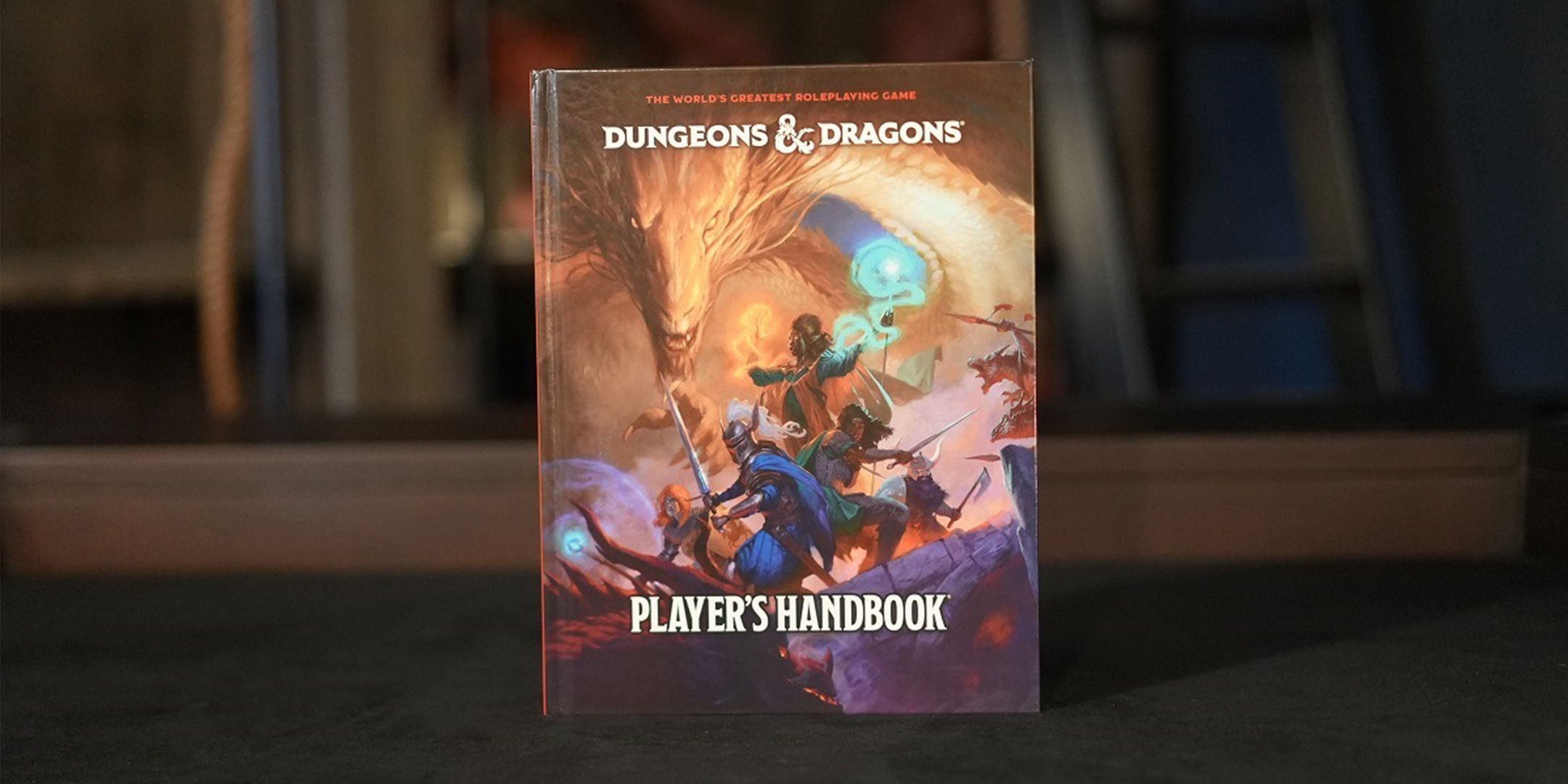
concentrate on manipulating life and decease , raising the dead and draining liveliness force .
School of Transmutation
specialise in altering physical property of target and creatures .
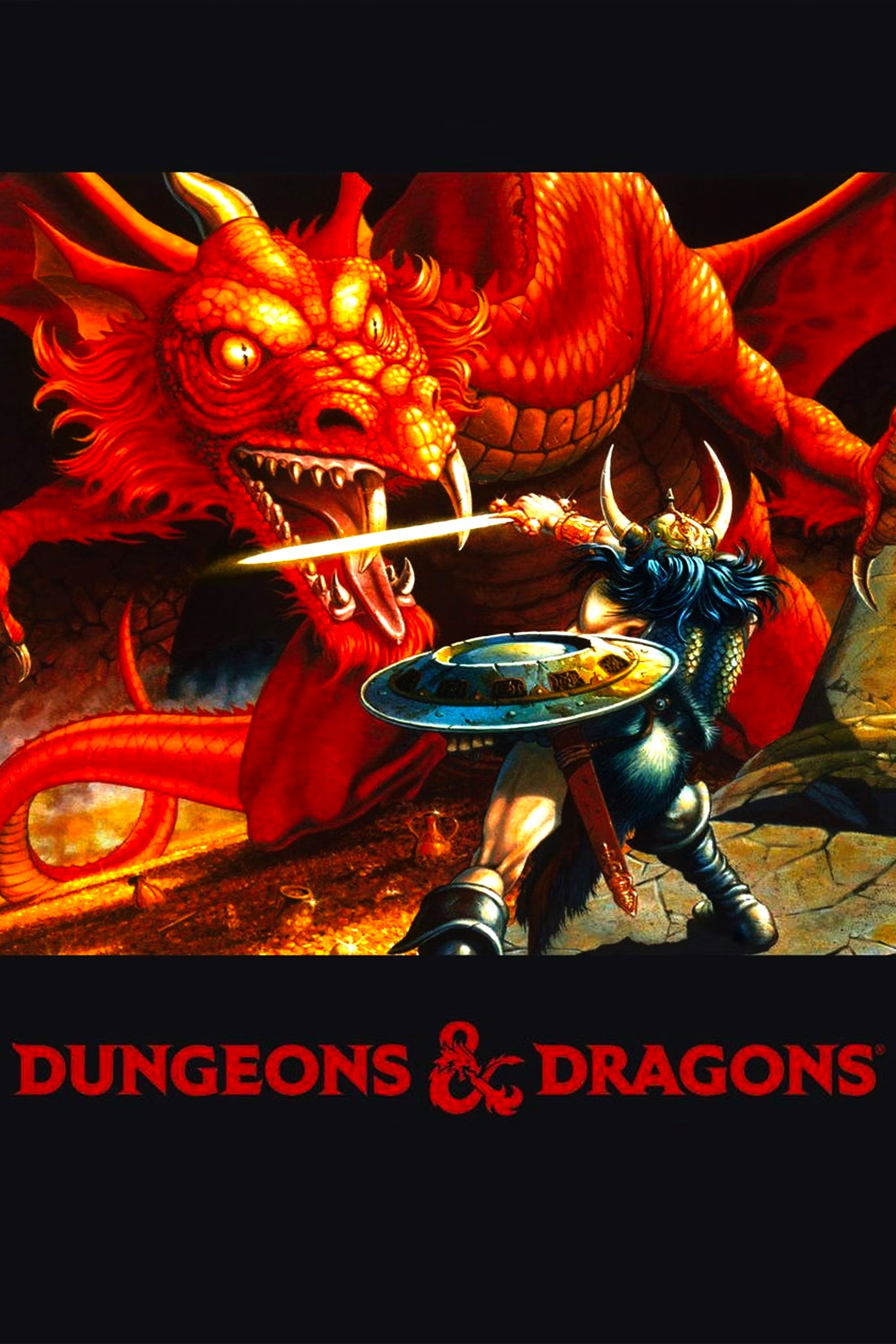
Bladesinging
Combines magic with swordplay , enhance combat abilities with spells .
rescript of Scribes

narrow down in the study and recording of magical text , with a sentient spellbook .
War illusion
Focuses on blending offensive and justificatory thaumaturgy for scrap efficiency .
Graviturgy Magic
Manipulates sobriety to see to it the battleground and hinder enemies .
Chronurgy Magic
Manipulates clip to gain advantage in combat and modify the flow of outcome .
Theurgy - Unearthed Arcana ( UA )
Draws on inspired magic trick , combine clerical and wizardly spellcasting .
Onomancy - Unearthed Arcana ( UA )
Focuses on the mightiness of true names to mastery and influence creatures and objects .
The New Player’s Handbook Simplifies Wizard Subclasses But Simultaneously Waters The Class Down
Making The Game Easier To Understand For New People
One goal of theupdates come toDnDis to make the game easy to understand and dally for new masses , just as 5th Edition shoot for to do back in 2014 . The Modern vade mecum will thus only include four subclass for the wizard : the abjurer , diviner , evoker , and illusionist . These four subclasses are still centered around some of the game ’s case of magic , and are certainly still quite powerful . In fact , with some of the other - level ability these subclass Ulysses S. Grant , they may be more powerful than many of the 5th Edition options .
Aspect
Pros
flimflam
Simplified Mechanics
well-fixed for new musician to sympathize and act - Less overpowering for unfamiliar actor
know player might find it less engaging - Reduces opportunities for alone builds
Reduced Variety
More focussed abilities clarify subclass themes
Fewer options result to a sense of sameness - point of accumulation replayability and uniqueness
flowing Spellcasting
easy spell selection and cast - Helps players grasp core aspects quickly
Removes tactical depth - Reduces rewarding decisiveness - making for experienced players
Balance Considerations
Easier to balance subclass - Reduces overwhelm or underwhelming abilities
going of shade and creative solutions - Less dynamical gameplay experience
Character Development
Easier envisioning and part maturation for new players
Fewer growth track for long - term players - Impacts appointment and investment
But the egress is that these subclass do n’t yield nearly as many choice to wizard players , limit the range of their magical focussing , and generally make the course finger less various than it once did . Only have subclasses for four of the eight schools of magic will make set up up Greco-Roman thaumaturge archetypes , like the summoner or the necromancer , more difficult to accomplish and less clear-cut from other versions of the division inDungeons and Dragons .